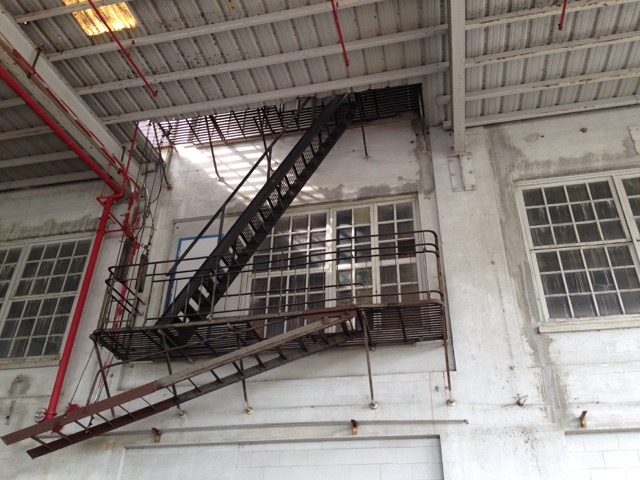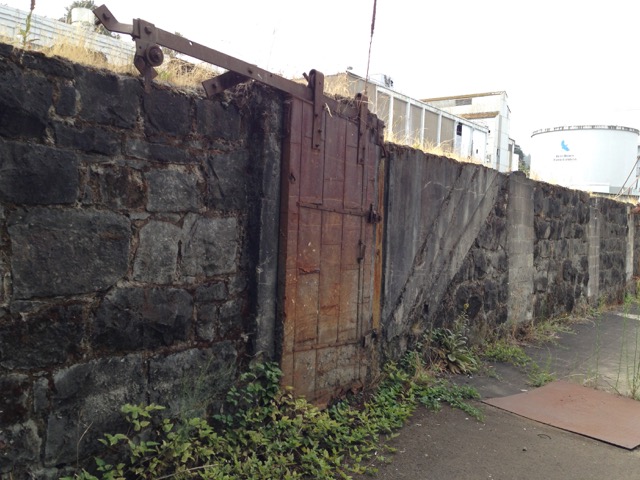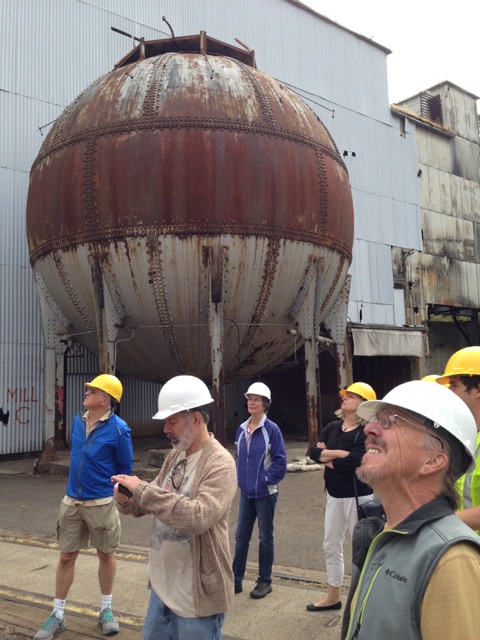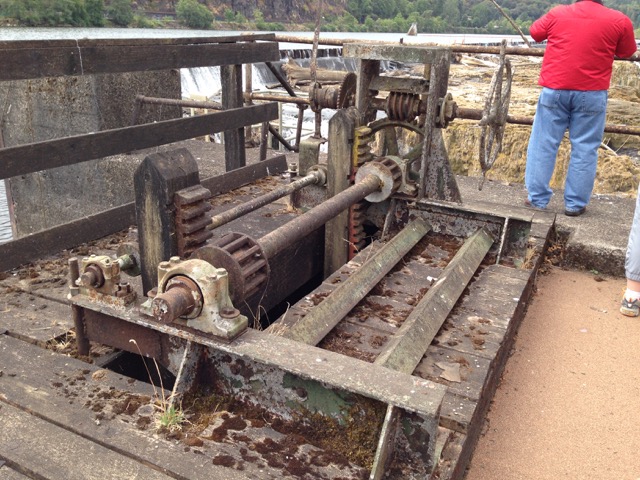It’s been over a month since my last update, but that’s because there hasn’t been a lot of medical stuff to report. This is a good thing.
Kate’s been doing well, getting around with the walker and managing her own blood sugar. We had another MRI, which was basically exactly the same as the previous two. That makes six months with no change, which is good because there’s no new tumor growth but bad because the radiation necrosis isn’t getting any better. Radiation necrosis causes brain swelling, which requires steroids, which cause puffiness and muscle atrophy and irritability and diabetes, which requires insulin, which means a lot of sticking with needles, which increases the irritability. So we really want to do something about it.
As mentioned back in September, there’s a drug called Avastin that can be used to address radiation necrosis. We passed on it then, because it can have nasty side effects (most people have no issues with this drug at all, but a very small percentage have life-threatening problems). A month later, with no additional falls and with an MRI demonstrating no improvement in the necrosis, the balance has changed and we have decided to try it. It is given intravenously (that means 45 minutes in a recliner at the cancer clinic) and we will be doing three doses at two-week intervals. She got the first dose yesterday and has had no side effects whatsoever so far. There are no guarantees in this business, but the oncologist has had very good results with other patients, so we’re hopeful. If it works, we should start to see some improvement fairly quickly. Reducing the steroids and building the lost muscle back up will take months.
Until then, life goes on. The antidepressants are helping me a lot, and I’ve gotten several bits of good writing news which I’m not yet at liberty to divulge. One news item I can share is that my story “Damage” is currently at the top of the Suggested Reading List for the Nebula Awards. This doesn’t guarantee a Nebula nomination — it only means that several SFWA members liked it enough to recommend it — but it bodes well.
Most of our news in recent weeks has been non-medical. We have finally (finally!) finished the seismic upgrade on our foundation, which should make the house less likely to fall down in an earthquake and, as an added bonus, resulted in a thorough decluttering of the basement. We have seen a lot of excellent local theatre. I attended the Oregon Writers Colony’s Stumptown Lit Fest and read at the Annual Reading of Oregon Jewish Writers. We also dealt with an invasion of ants, a pretty major plumbing issue, and necessary maintenance on the furnace. We both traveled to Saratoga Springs, NY for the annual World Fantasy Convention, after which we visited my dad in Milwaukee for a few days. The convention was worthwhile — for me it mostly involved hanging out with writers and editors in the bar and in a series of very good restaurants — and my dad, who is 83, is doing quite well. OryCon, the Portland science fiction convention, starts tomorrow, and we’ll both be attending that. Hope to see some of you there.
Thanks to Shannon, Brenda, Ron, Janna, Felicity, Arashi, Bo & Don, Ann, JoLyn, Mark, Mara & Ian, Pam, Michelle & Pat, John, and everyone else who helped out, came for a visit, or shared a meal. We’ve been doing this for nearly a year now (the diagnosis was 11/22/14) and your support is more important than I can say.



























Recent Comments